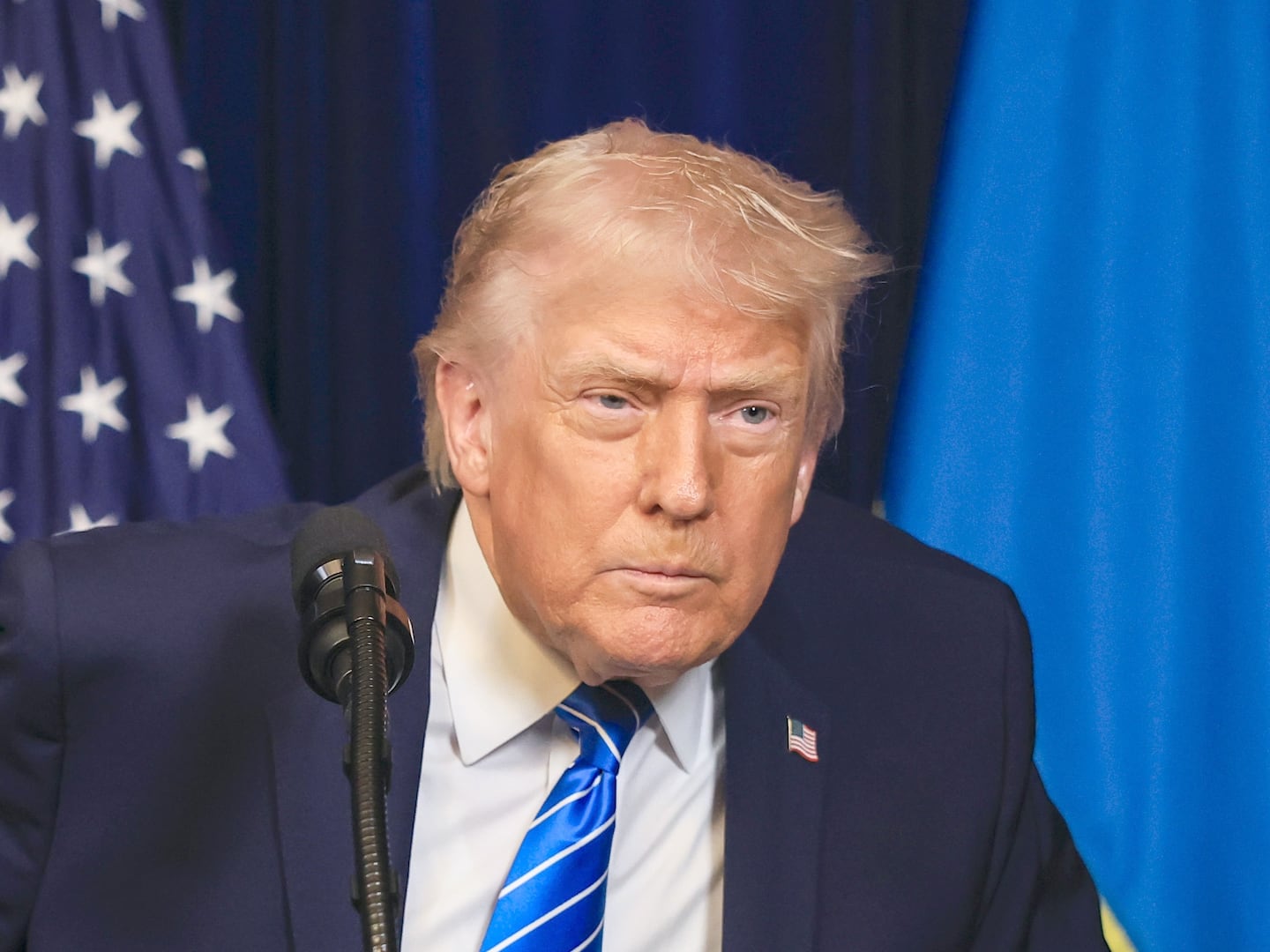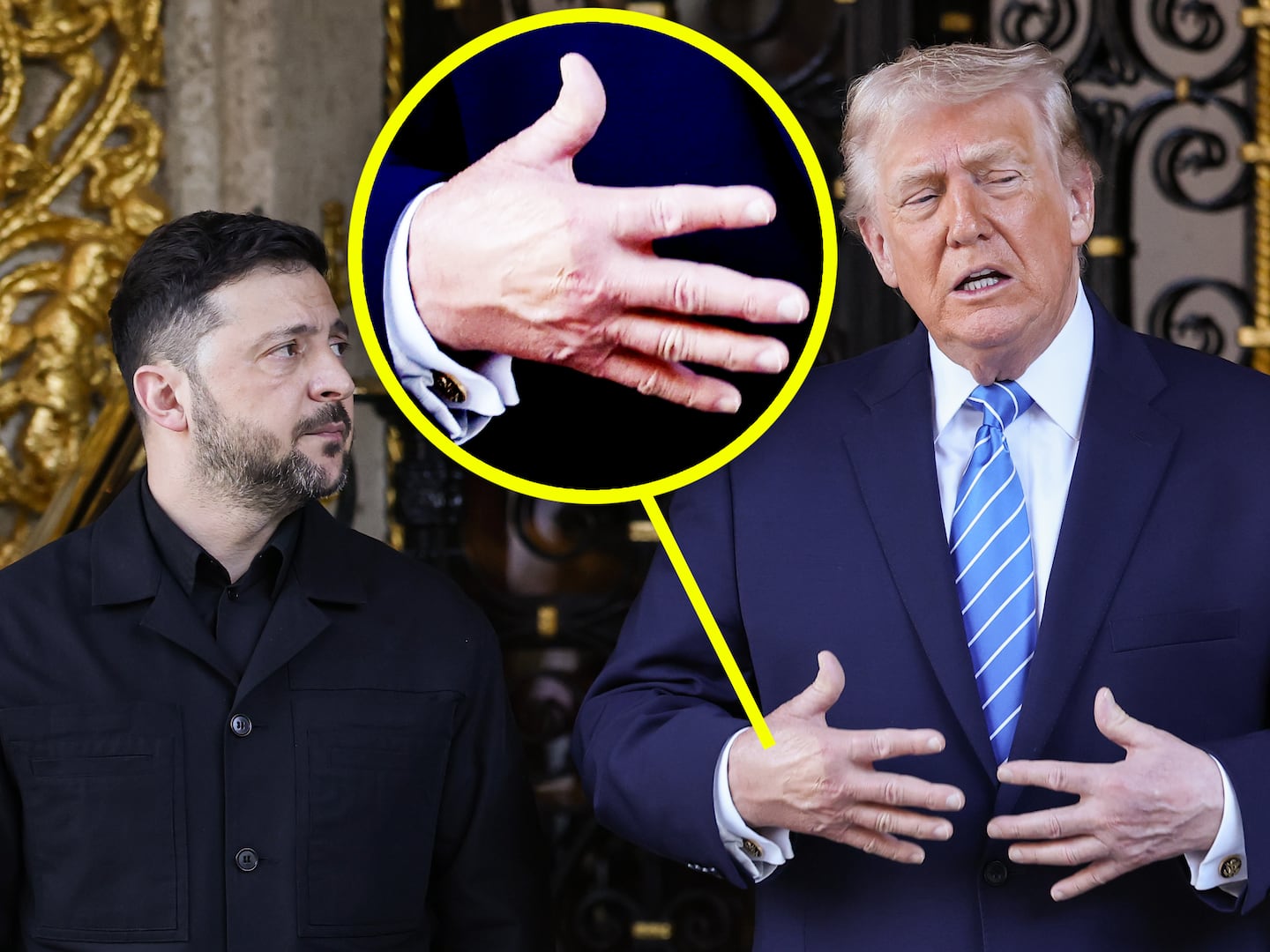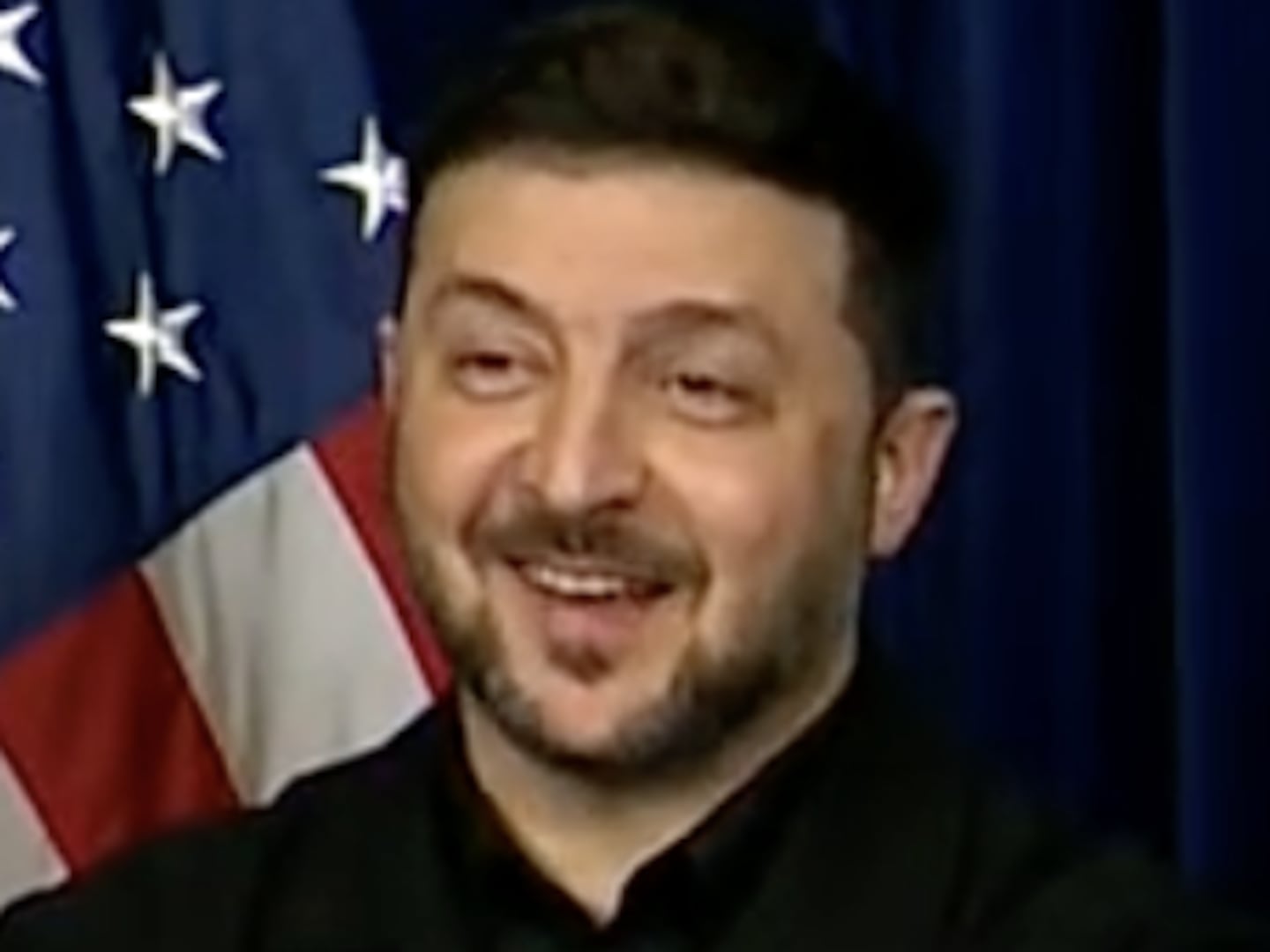What’s your big idea?
Art is in the business of anxiety. For well over a century, artists have been trying to rile us, making us question ourselves and our society. At the most fundamental level, Abstract Expressionism evokes existential angst for instance, and Pop Art satirizes consumerism. But the art world is an insular place, and for the select few who actually go to museums, any potential anxiety is neutralized by mind-numbing curatorial explanations.

As a result, legitimate art is doing a bad job of taking us outside our comfort zone. Art forgery, on the other hand, does so brilliantly. Forgers are the foremost artists of our age.
I'm not talking about the objects they make. Their real art is to con us into accepting the works as authentic. They do so, inevitably, by finding our blind spots, and by exploiting our common-sense assumptions. When they're caught (if they're caught), the scandal that ensues is their accidental masterpiece. Learning that we've been defrauded makes us anxious–much more so than any painting ever could–provoking us to examine our poor judgment. This effect is inescapable, since we certainly didn't ask to be duped. A forgery is more direct, more powerful, and more universal than any legitimate artwork.
Consider the work of Han van Meegeren, one of the foremost forgers of the 1930s and '40s. A leading Dutch scholar named Bredius theorized that Jan Vermeer once made religious paintings, but no one could find them. So van Meegeren produced the work that Bredius described. The fact that these paintings looked nothing like any Vermeer in existence only added to their credibility. Van Meegeren found one of the feedback loops that generate unjustified belief. We should all take heed.
But isn’t forgery like plagiarism?
Technically speaking, it's the opposite. (Plagiarists take credit for other people's work, whereas forgers attribute their own work to others.) But either way, there's duplicity involved, and so I'd say that a plagiarist can be a great author in the sense that a forger can be a great artist.

Again, it isn't the plagiarized work that matters. As with forgery, it's the act of plagiarism itself that counts: the audacity of the deceit and what it inadvertently reveals about our society.
For instance, when Joe Biden was running for President in 1988, he padded his stump speeches with plagiarized lines from Robert Kennedy and Hubert Humphrey, and especially from the British Labour Party leader Neil Kinnock. The material Biden swiped from Kinnock was especially rich, because it included autobiographical details, such as the fact that Kinnock was descended from coal miners. Plagiarizing Kinnock's words, Biden appropriated his life.
Eventually Biden was caught, not by the media but by the campaign manager of his rival candidate Michael Dukakis. What's striking about this story is the fact that a presidential contender managed to impersonate another man persuasively enough that neither journalists nor voters noticed. When the scandal broke, his plagiarism showed the degree to which politicians are actors and campaigns are theatrical performances.
What would an art world that esteems and supports forgeries look like?
The point is not for the art world to support forgery. The point is to appreciate what forgers achieve, and to do a better job of it than forgers ever could. The goal is to make art more assertive, and more accessible to more people.
There are signs of this already, albeit seldom in traditional museums and galleries. Most obviously, graffiti artists such as Banksy are compellingly subversive, often operating on the far side of acceptability and thereby drawing broad attention to things that many people would rather not see. Banksy's politically-loaded paintings on the Israeli/Palestinian segregation wall are strong examples, all the more so because he breached Israeli security to paint them. His illicit artwork showed that erecting barriers is not only inhumane, but also futile.
However the most vibrant area of creative subversion is probably new media, a genre that has never fit comfortably in museums. A pair of artists named Julian Oliver and Danja Vasiliev have shown how spectacularly upsetting an artwork can be with a recent work called “Newstweek.” The concept is enchantingly simple: They've made a device that can override the wifi signal in a library or café, allowing them to remotely modify the webpages people see. They can overwrite headlines and rewrite articles on news sites such as this one. If you're reading these words in a public space, they may not be mine.
All art should induce such anxiety.






